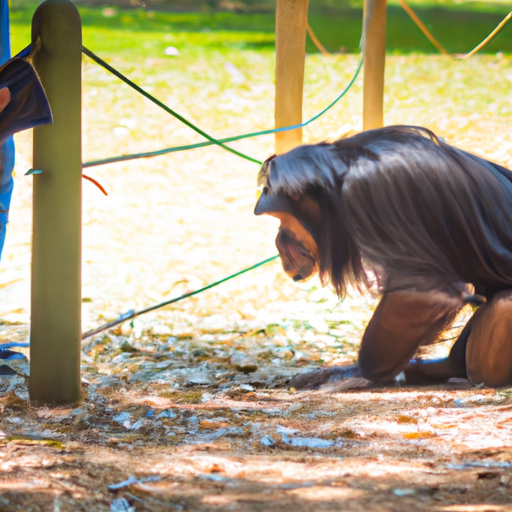 Introduction:
Introduction:
The relationship between humans and animals has been a subject of contemplation, debate, and ethical consideration for centuries. As we navigate an ever-changing world, it becomes imperative to understand the significance of coexistence between humans and animals. This article aims to delve into this complex issue, exploring the ethical, ecological, and societal dimensions of why animals and humans should coexist harmoniously.
Ethical Considerations:
Ethics plays a pivotal role in determining how we treat animals. Advocates for animal rights argue that humans have a moral obligation to respect the lives of all sentient beings. By coexisting with animals, we acknowledge their inherent value and right to exist without unnecessary harm or exploitation. This ethical perspective encourages compassion, empathy, and a broader understanding of the interconnectedness of all living creatures.
Ecological Interdependence:
The ecological argument for coexistence is rooted in the concept of biodiversity. Animals, as integral components of ecosystems, contribute to the delicate balance of our planet. They aid in pollination, seed dispersal, and pest control, ultimately supporting the health and sustainability of their respective habitats. The loss or displacement of animal populations can lead to cascading ecological consequences, disrupting the delicate web of life. Coexistence ensures the preservation of biodiversity and the preservation of our planet’s overall health.
Societal Benefits:
Beyond ethical and ecological considerations, the harmonious coexistence of humans and animals brings numerous societal benefits. Animal companionship, for instance, has been proven to enhance human well-being, providing emotional support, reducing stress, and combating loneliness. Additionally, animals serve crucial roles in therapy, aiding individuals with physical and mental disabilities. By coexisting with animals, we foster a more compassionate, inclusive society that recognizes the value of all beings.
Challenges and Solutions:
While the merits of coexistence are undeniable, challenges do arise. Human activities such as deforestation, habitat destruction, and climate change pose significant threats to animal populations. To overcome these challenges, proactive measures must be taken. Conservation efforts, such as protected areas and wildlife corridors, can help mitigate the negative impacts of human activities. Implementing sustainable agricultural practices, reducing pollution, and supporting animal welfare initiatives are also vital steps towards coexistence.
Education and Awareness:
Promoting coexistence necessitates raising awareness and educating society about the importance of animals in our shared world. Educational programs, both formal and informal, can cultivate empathy, compassion, and a sense of responsibility towards animals. By fostering a deep understanding of the interconnectedness of life, individuals are more likely to adopt sustainable practices and advocate for animal rights.
Conclusion:
The coexistence between humans and animals is not only ethically imperative but also ecologically and socially beneficial. By acknowledging the intrinsic value of animals, we can foster a profound respect for life and preserve the delicate balance of our planet. By embracing coexistence, we ensure the well-being of future generations and create a world where humans and animals thrive in harmony. It is only through our collective efforts and unwavering commitment that we can forge a brighter and more sustainable future for all beings.
